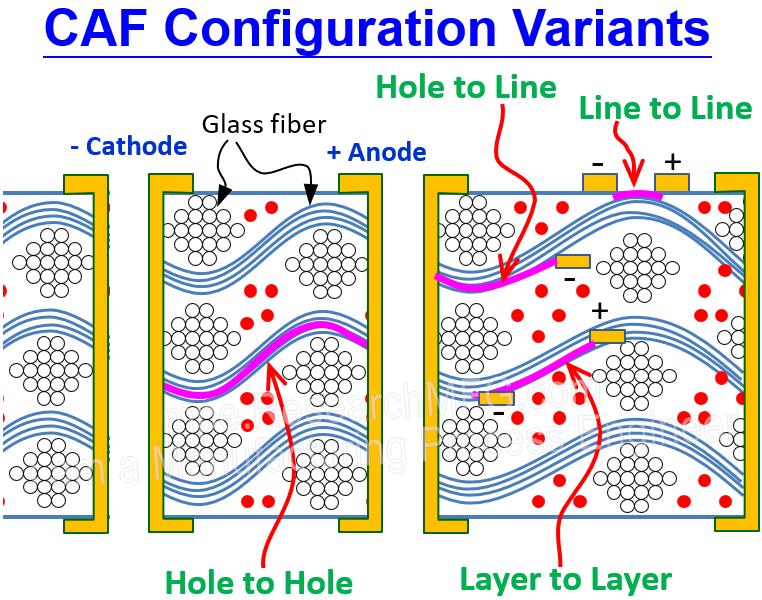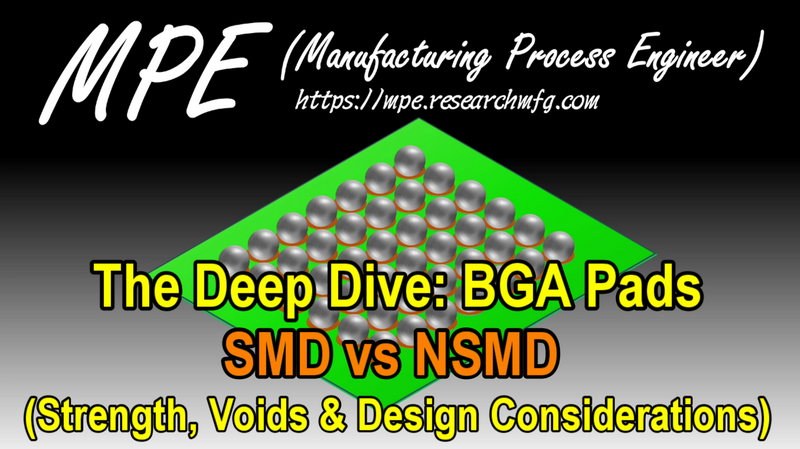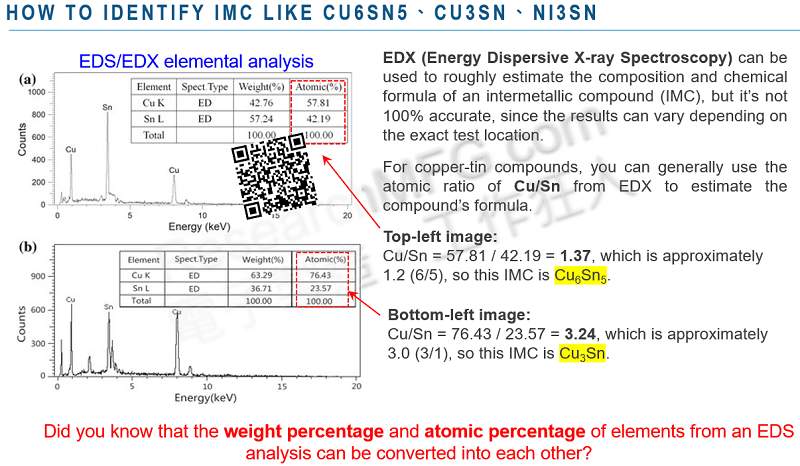
One of our company’s products once experienced an issue called an “internal micro-short” in the printed circuit board (PCB). After investigation, we discovered the root cause was something called CAF (Conductive Anodic Filament). But let’s be honest—if you translate that literally, hardly anyone would understand what it means! Simply put, CAF is a kind of hidden short circuit that forms inside a PCB layer or even under the solder mask (the green coating on the surface of circuit board).




